The and graph are given for two particles. Find the accelerations of the particles at .


Important Questions on Kinematics I
The velocity-displacement for a jet plane on a straight runway is shown in the figure. Determine the speed and acceleration of the jet plane at .
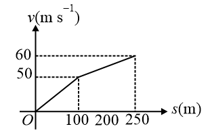
Referring to graph, find the velocity when the displacement of the particle is . Assume initial velocity as zero.

Referring to the diagram of a particle, find the displacement of the particle during the last .
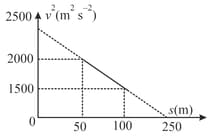
(a) What can you say about velocity in each of the following position-time graphs?
(i) 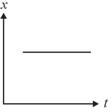 (ii)
(ii) 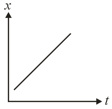
(iii) 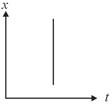 (iv)
(iv) 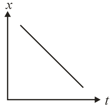
(v) 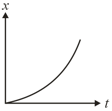 (vi)
(vi) 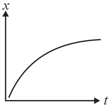
(vii) 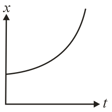 (viii)
(viii) 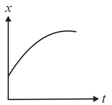
(b) The slope of the velocity-time graph is equal to acceleration. (True/False)
(c) What does the area under the acceleration-time graph represent?
(d) Can the velocity-time graph be parallel to the velocity axis? (Yes/No). Why?
(e) What is the slope of the graph in uniform motion?
(a) A ball is thrown vertically upwards. After some time, it returns to the thrower. Draw the velocity-time graph and speed-time graph.
(b) A ball is dropped from some height. After rebounding from the floor, it ascends to the same height. Draw the velocity-time graph and speed-time graph.
A body starts at with velocity and travels along a straight line. The body has a constant acceleration . Draw the acceleration-time graph, velocity-time graph, and displacement-time graph from to for the following cases:
(a)
(b)
(c)
(d)
In the given figure, find the average acceleration in first . (Hint: Area under graph is equal to the change in velocity)
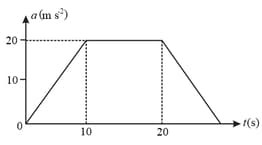
At , a particle starts from rest and moves along a straight line, whose acceleration-time graph is shown in the figure.
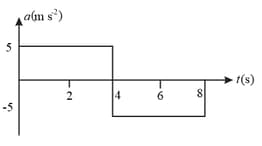
Convert this graph into a velocity-time graph. From the velocity-time graph, find the maximum velocity attained by the particle. Also, find from, graph, the displacement and distance travelled by the particle from to .
